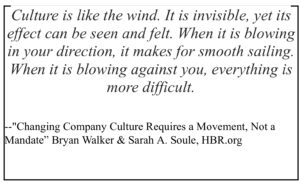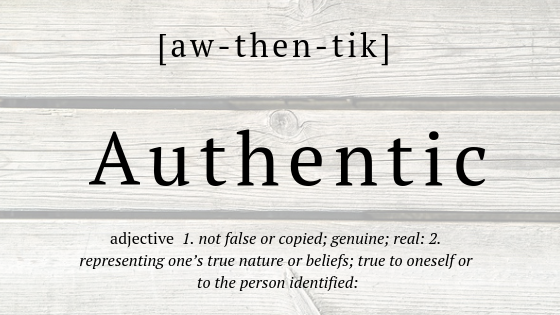By: Molly Russin
If you’re like me, you’ve been surprised by how differently some of your friends and family members approached the pandemic. From I-don’t-leave-my-house, to Nobody-can-tell-me-what-to-do, to everyone in between, we’ve been exposed to a completely new side of folks we thought we knew. Even now, as we celebrate an almost-return to normal, there are lots of people who believe that it’s not safe to be around others without a mask—no matter what the CDC or local governments say. Although about 42% of Americans are fully vaccinated, one in four Americans have no intention of getting vaccinated.
Lately, I’ve been thinking about how the people that we work with sometimes have radically different views than we do. We might be completely clueless until they “let us in” and then we have a choice: keep our mouths shut , agree to disagree or we can listen and learn.
I once had a manager who shared that he would not hesitate to shoot an intruder. I always viewed him as a pretty low key guy and this declaration shocked me. Plus, he had young kids although proudly kept firearms in the home. This made me anxious.
Then there was the time I was sharing photos from my daughter’s wedding. One of the guys on my team looked at my beaming daughter and her wife and said “Where’s her husband?” I said, “She doesn’t have one.” He said, “I though you said she got married.” On and on it went until I practically had to shout, “She’s gay! There is no man in this picture!” He just said “Wow. That’s different.” And walked away. This made me angry.
One of my closest friends is a Black woman who tearfully admitted to me that she often felt like many of her coworkers looked down on her, no matter how well she performed her job. She felt like she was constantly being judged, from the way she wore her hair to the places she went on vacation. This made me sad.
Looking back, in all three cases, I wish that instead keeping my feelings to myself that I would have asked questions and tried to understand where the other person was coming from.
I’ve read countless articles about how the world of work will be permanently changed post-pandemic. Sure, we’ll see physical changes and scheduling changes and the like. Whether or not real change comes at work, however, will depend not on technology but on people–on each and every one of us and how well we are willing to drop our assumptions and really listen. Agree to disagree? OK. But I believe we have to go beyond that.
The truth is, we don’t get a vote in what other people believe or do. If a colleague talks about his love for guns, if someone shares that she believes in defunding the police, if a colleague of color admits to feeling unheard by team members, if someone admits that they are never going to get vaccinated…what will our response be? Since we all have 2 ears and one mouth, perhaps we have to try our best to listen and to learn.
What makes someone support the NRA? How can I help someone to understand the joy and freedom of gay marriage? How can I be a better ally to my colleagues of color? If I had started this kind of conversation—uncomfortable though it may have been, I think It would have expanded my perspective and understanding. And isn’t that what being a mature adult is all about?
What do you think? Leave your comments here!












